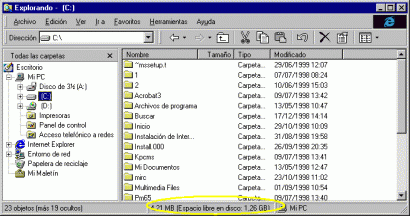 Considered one of the most important and influential institutions in the area of the colonial city, the Cabildo was one more step in the complex and rich institutional hierarchy that Spain had established in America once it was conquered. Along with other institutions of greater and lesser importance, the Cabildo was in charge of certain functions that were specifically designed for the city environment and whose ultimate objective was to represent the king in the American territories.
Considered one of the most important and influential institutions in the area of the colonial city, the Cabildo was one more step in the complex and rich institutional hierarchy that Spain had established in America once it was conquered. Along with other institutions of greater and lesser importance, the Cabildo was in charge of certain functions that were specifically designed for the city environment and whose ultimate objective was to represent the king in the American territories.
Unlike other positions such as Viceroy, Corregidor and others, the Cabildo was a collegiate instrument that was made up of several people and that exercised its functions according to their interests and designs. Traditionally, the Cabildo was made up of those neighbors or individuals of the best lineage and power, that is, mostly Spaniards and, in certain cases, some high-ranking and powerful Creoles. In this sense, the town councils of all America were one of the most traditional institutions, contrary to what was always thought: their interests did not seek to please those of the entire population, but generally they tried to maintain the privileges and rights of those with the greatest power.
One of the most important characteristics of the Cabildo is that its jurisdiction was limited to the city and (in some cases) to the surrounding territories. In this sense, the Cabildo was a political, legal, and administrative institution that was dedicated to controlling, organizing, and managing issues that had to do with that limited social space, not as happened with other institutions that might have to take care of entire regions.
The town councils were one of the last institutions created by the Spanish to disappear once the American territories were independent. Its presence and its power in many regions of the interior were central and although Spanish officials were replaced by Creoles, the institution itself continued to exist for decades as a form of control and management of the city.









